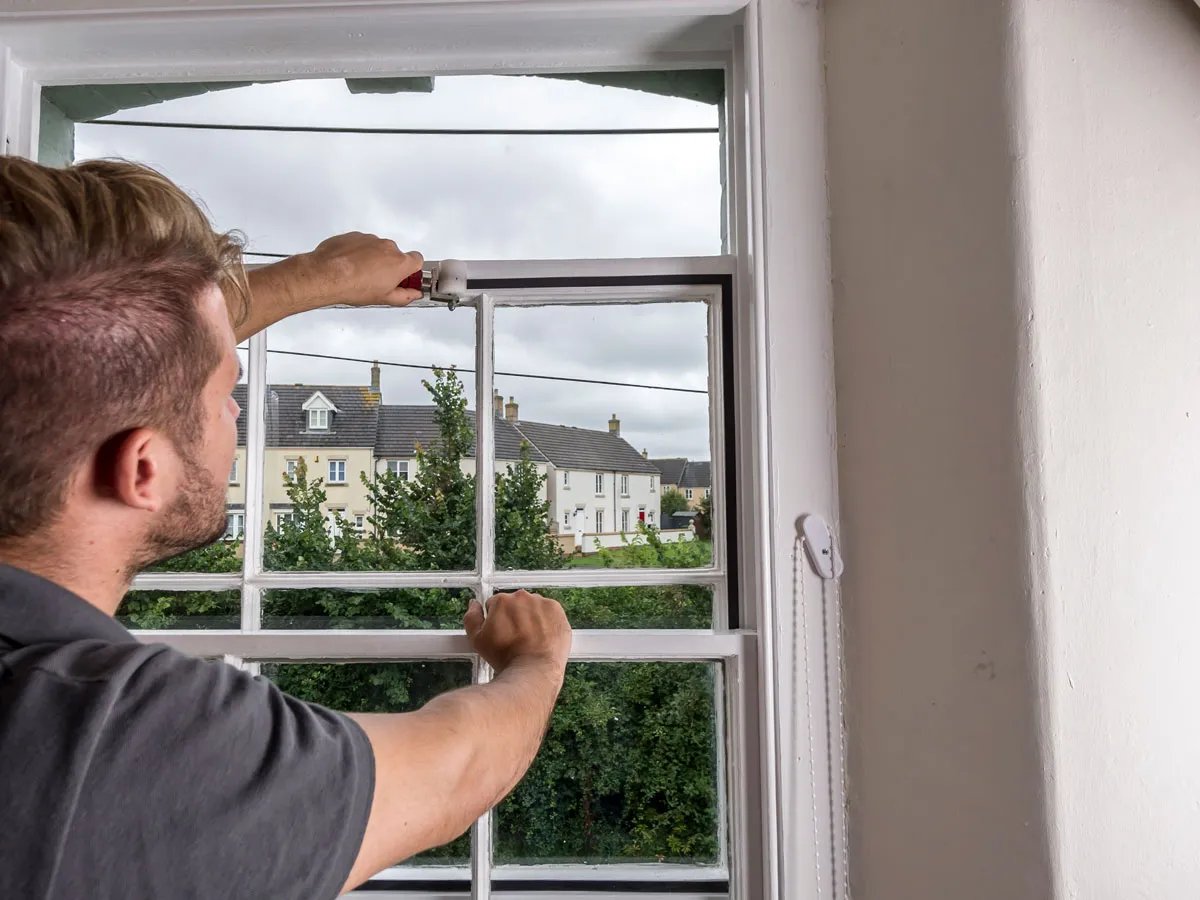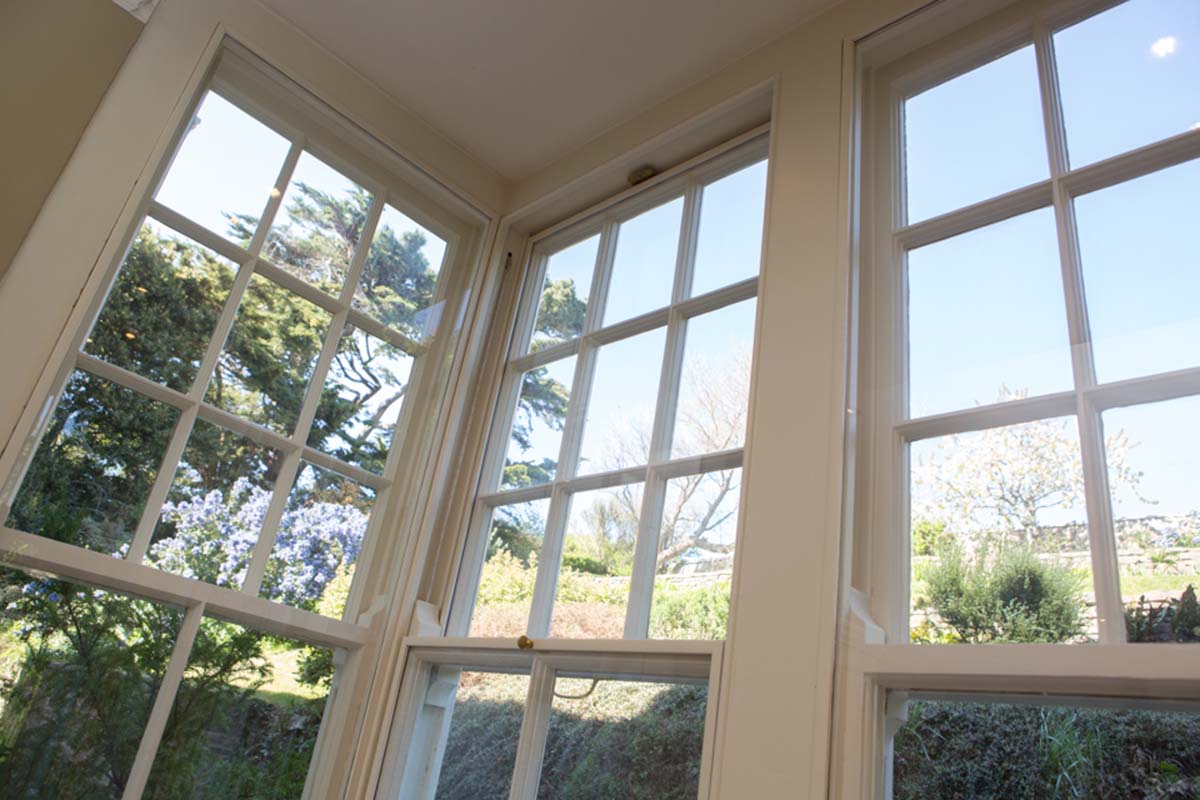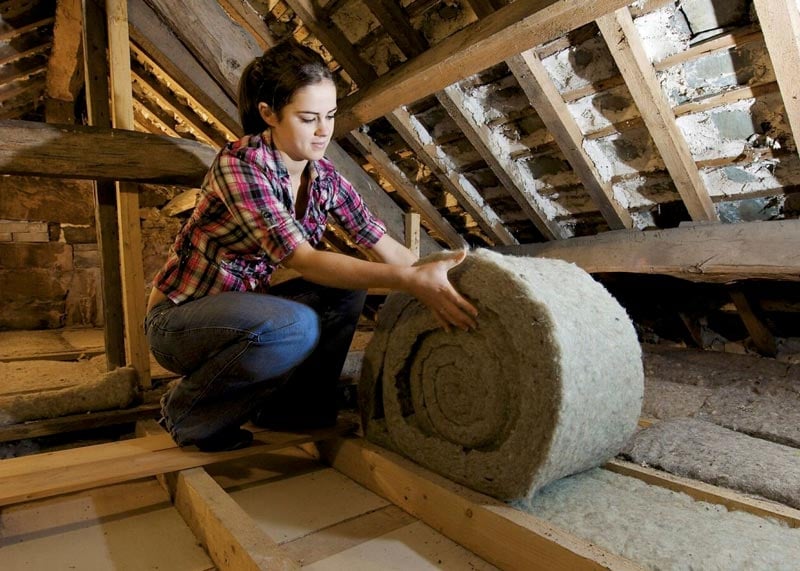For many homeowners of period and listed properties, the charm of sash windows is a key attraction. These elegant windows, often a defining feature of Georgian, Victorian, and Edwardian architecture, carry immense historical and aesthetic value. However, they are not without their drawbacks—chiefly, their susceptibility to draughts.
As energy efficiency becomes a priority, many period home owners are turning to draught proofing to maintain the beauty of their sash windows while improving insulation, cutting energy bills and lowering their carbon footprint. In this guide, we’ll explore the best approaches to draught proofing sash windows, highlighting solutions that respect the heritage of your property while delivering long-term comfort and savings.
Why draught proofing matters for period homes
Sash windows were designed long before modern insulation techniques. The gaps between the sashes and the frames, while essential for smooth operation, often let cold air in and warm air out. Over time, wooden frames may warp or deteriorate, widening these gaps and exacerbating the problem. In listed properties, where extensive renovations are often restricted, draught proofing offers a non-invasive way to boost energy efficiency while preserving the original character of the home.
According to research from Historic England, air infiltration through a sash window can be reduced by as much as 86% with draught proofing. This makes it a highly effective way to improve comfort in your home and lower heating costs. Additionally, addressing draughts means you can turn down your heating without sacrificing warmth, further reducing your home’s carbon footprint.
How draught proofing works
Draught proofing for sash windows involves sealing the gaps through which air escapes while maintaining the window’s functionality. This typically focuses on three main areas:
- The meeting rail: The horizontal bar where the top and bottom sashes meet.
- The sash cords and pulleys: The holes through which the cords pass can be sources of significant air leakage.
- Perimeter of the frame: Gaps between the sashes and the window frame.
The key challenge is finding a solution that maintains the window’s ability to slide open and close smoothly, while also being discreet enough to retain the window’s period charm and adhere to conservation guidelines.

Methods for draught proofing sash windows
Brush pile seals One of the most common and effective methods of draught proofing sash windows is the installation of brush pile seals. These are narrow strips with small brushes that line the gaps around the sashes and frames. The brushes are flexible, allowing the sashes to move while blocking draughts. Brush pile seals are usually fitted into routed channels around the window, ensuring they are hidden from view. For listed properties, this method is particularly appealing as it doesn’t alter the appearance of the window and can be easily reversed if required for conservation purposes.
Silicone rubber seals In some cases, silicone rubber compression seals are used. These can be fitted around the window’s perimeter, providing an airtight seal. While not as traditional as brush seals, silicone options are highly effective and more durable in areas prone to weather exposure.
Secondary glazing Another approach to improving energy efficiency in period homes without altering the original sash windows is secondary glazing. This involves installing a discreet secondary window inside the existing window frame. While more expensive than basic draught proofing methods, secondary glazing, such as Mitchell & Dickinson’s CosyGlazing, can significantly improve thermal insulation and reduce noise without compromising the appearance of your property. Importantly, it doesn’t involve replacing the original windows, making it a suitable option for listed properties where maintaining the original materials is required by conservation authorities.
Repairing and replacing putty Over time, the glazing putty used to hold the panes in place can deteriorate, leading to gaps and draughts. In period properties, replacing this putty with a historically accurate material will help maintain the integrity of the window while improving insulation.
Sash window restoration For particularly old or damaged sash windows, a full restoration may be necessary before draught proofing. This might include replacing rotten timber, re-aligning warped frames, or rebalancing the sashes. Once restored, draught proofing measures can be applied, ensuring the windows remain functional, energy-efficient, and aesthetically pleasing for many years to come.

The benefits of draught proofing sash windows
For homeowners willing to invest in draught proofing, the long-term benefits are substantial. In addition to reducing heat loss and energy bills, draught-proofed sash windows improve comfort, lower noise pollution, and reduce condensation – common problems in older properties. Importantly, all of this can be achieved while preserving the historical value of your home, making draught proofing an ideal investment for those who appreciate both the beauty and sustainability of period living.
Draught proofing your sash windows is a smart way to enhance the energy efficiency of your period or listed property while preserving its architectural charm. By selecting the right approach, you can enjoy a warmer, more comfortable home and contribute to a greener future.
Mitchell & Dickinson are experts in draught proofing sash windows in period and listed properties, offering bespoke secondary glazing and window restoration services. Why not get in touch with us to find out more?










